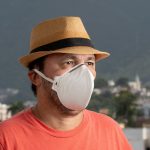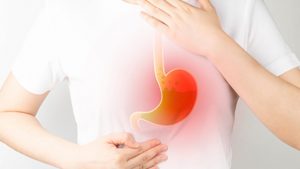
A lot of older adults have digestive diseases that can be debilitating. They can also be linked to loneliness and depression, a new study says. “These conditions are very common in ambulatory care,” said gastroenterologist Dr. Shirley Cohen-Mekelburg, who specializes in problems like inflammatory bowel disease, Crohn’s disease and ulcerative colitis at University of Michigan Medicine. While there has been a greater emphasis on figuring out why so many Americans are developing digestive diseases, current approaches often fail to consider the impact of psychosocial factors, Cohen-Mekelburg said. “As physicians, it’s important for us to pay attention to psychosocial factors involved in the lives of our patients, but they often go overlooked,” she said in a Michigan Medicine news release. “These factors have the potential to significantly impact gastrointestinal health, and they also play a crucial role in the overall well-being of our patients.” A team of gastroenterologists and hepatologists (specialists in the liver, gallbladder and pancreas) examined rates of loneliness, depression and social isolation in older adults both with and without digestive diseases and “wanted to quantify these numbers with self-reported rates of poor health,” Cohen-Mekelburg said. They used data from 2008 to 2016 from the University of Michigan Health and Retirement Study, which has a representative sample of about 20,000 people ages 50 and up and their spouses. Cohen-Mekelburg noted that loneliness is subjective… read on > read on >





































